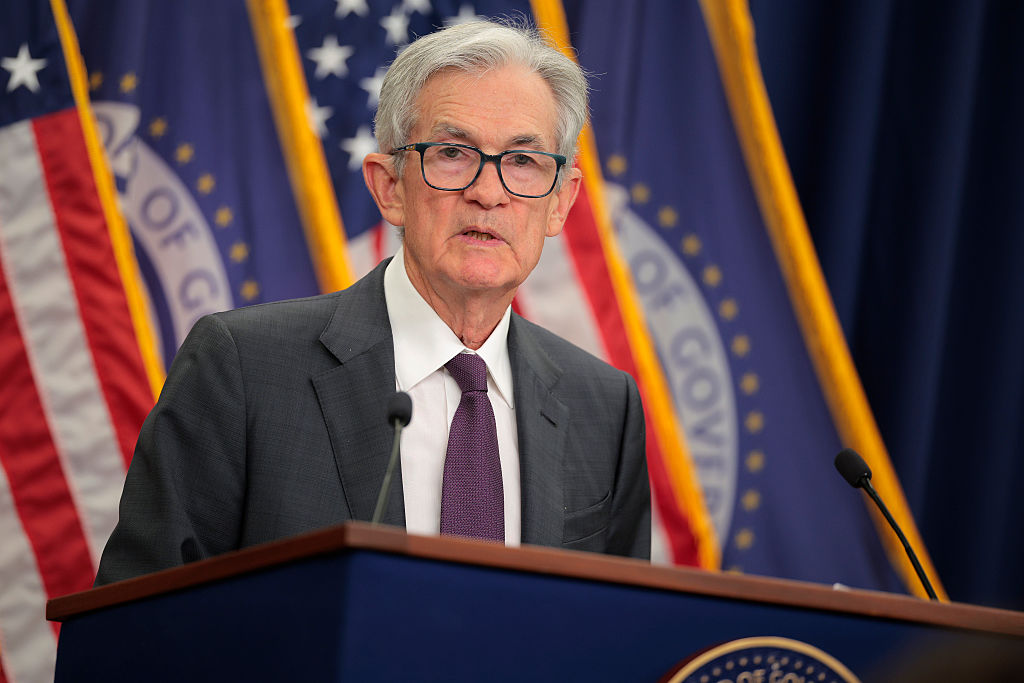Refresh
A weakening labor market is worrying the Fed
A number of economic reports has the Federal Reserve concerned about the labor market.
Most recently, Thursday’s release of weekly jobless claims, which climbed by 27,000 in the week ending September 6, to a seasonally adjusted 263,000. This is the highest level since October 2021.
Bill Adams, chief economist at Comerica Bank, says this particular initial claims update “should be taken with a larger-than-usual grain of salt” given the volatile nature of the data and the fact that the latest update coincided with the Labor Day holiday and the start of the school year.
“Even so,” he notes, “after the downward revisions to payrolls announced earlier this week and the weak jobs report for August last week, the job market is looking the wobbliest since the pandemic.”
As for that August jobs report, the Labor Department recently said that nonfarm payrolls rose by 22,000 in August, missing economists’ estimate for 75,000 new jobs. Figures for June were revised down by 27,000, from adding 14,000 to losing 13,000, while July job growth was upwardly revised by 6,000 (from 73,000 to 79,000 additions).
With these revisions, the U.S. added 21,000 fewer jobs in June and July than previously reported.
The unemployment rate, which is calculated from a separate survey, ticked up to 4.3% from 4.2%.
The data “underlines the growing downside risks to the labor market,” says Simon Dangoor, head of Fixed Income Macro Strategies at Goldman Sachs Asset Management. “Hiring is running close to stall speed, and the breadth of jobs gains remains poor.”
Dangoor adds that while slowing supply growth – due in part to reduced immigration – “is mitigating upward pressure on the unemployment rate, the Fed is acutely aware that a low-demand, low-supply equilibrium is fragile and vulnerable to deterioration.”
– Karee Venema
President Trump’s tariff policies are having a moderate impact on inflation
The August Consumer Price Index report showed that President Donald Trump’s tariff policies continue to have a moderate impact on price pressures, but the Federal Reserve is still expected to lower the federal funds rate when it meets next week.
According to the Bureau of Labor Statistics, headline CPI was up 0.4% month over month in August, higher than the 0.2% rise seen in July and the 0.3% increase economists expected.
The CPI was 2.9% higher year over year, a quicker pace than the month prior and the largest annual increase since January. Still, the results arrived in line with estimates.
Core CPI, which excludes volatile food and energy prices and is seen as a better measure of underlying inflation trends, was up 0.3% month over month and 3.1% year over year. Both figures matched what was seen in July and were on par with economists’ forecasts.
“Despite August’s small upside surprise, the reality is that consumer price changes have continued to surprise to the downside (relative to economists’ expectations),” says William Blair macro analyst Richard de Chazal, CFA. “We are also only seeing limited pass-through from the tariffs.”
Chazal adds that “companies are absorbing some of the costs, as well as passing them further along the supply chains, before they reach the end consumer.” So while consumer inflation expectations are higher than the Fed would like, the central bank is more focused on a weakening labor market than a sustained inflation surge, he notes.
– Karee Venema
Related: Hot August CPI Report Doesn’t Shift the Rate-Cut Needle: What the Experts Say

Karee Venema
With over a decade of experience writing about the stock market, Karee Venema is the senior investing editor at Kiplinger.com. She joined the publication in April 2021, and oversees a wide range of investing coverage, including content focused on equities, fixed income, mutual funds, ETFs, macroeconomics and more.

